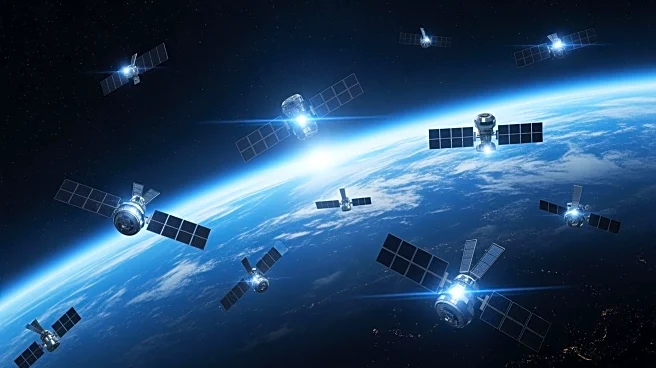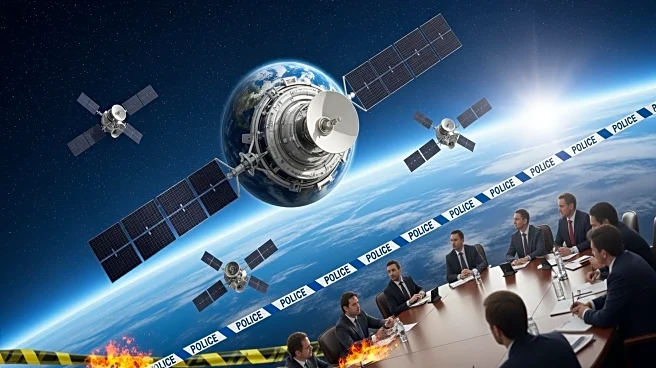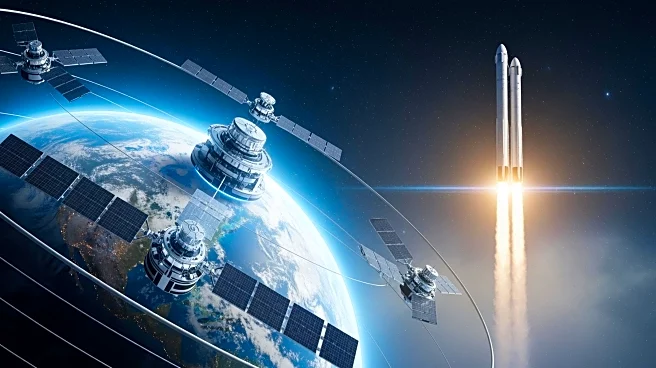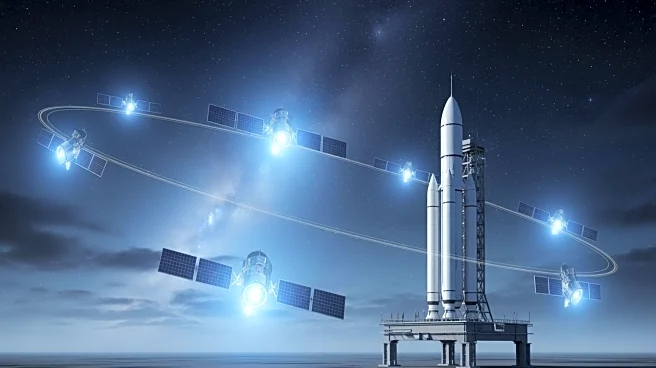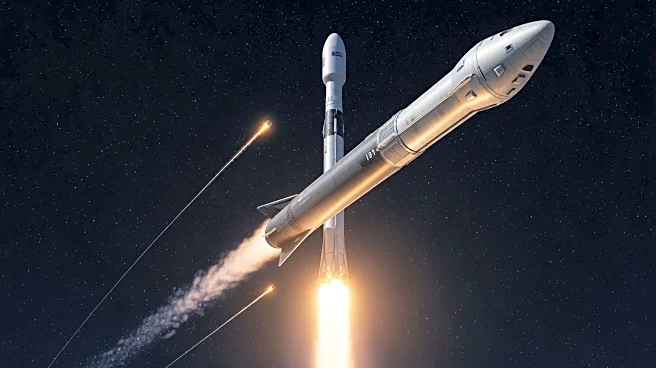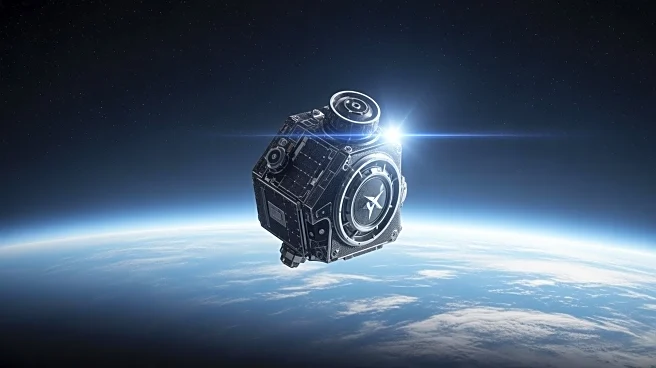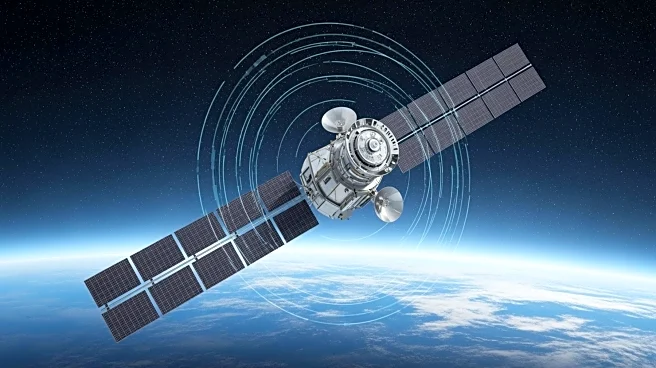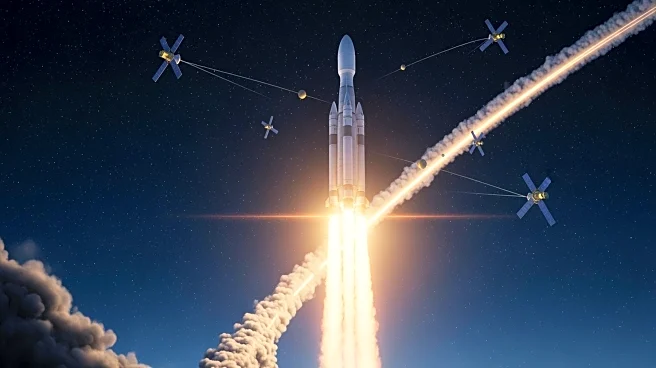What's Happening?
SpaceX has reached a significant milestone in its Starlink program by launching its 10,000th satellite. This event occurred on October 19, 2025, when a Falcon 9 rocket carrying 28 Starlink satellites was
launched from Vandenberg Space Force Base in California. This launch marked SpaceX's 132nd launch of the year, setting a new record for the company. The Starlink network, which began in 2018, now provides internet service to millions globally, particularly in areas with limited connectivity. The network has grown rapidly since public service began in late 2020, with approximately 8,600 active satellites currently in orbit. SpaceX has regulatory approval for 12,000 satellites and may expand to around 30,000 in the future.
Why It's Important?
The expansion of the Starlink network is crucial for providing internet access to underserved and remote areas, often referred to as 'dark zones.' This development has significant implications for global connectivity, potentially transforming access to information and communication in regions lacking traditional infrastructure. The achievement underscores SpaceX's role in advancing satellite technology and its impact on the telecommunications industry. By increasing the number of operational satellites, SpaceX enhances its capacity to deliver high-speed internet services, which can drive economic growth and improve quality of life in remote communities.
What's Next?
SpaceX plans to continue expanding its Starlink constellation, with regulatory approval for up to 12,000 satellites and potential plans to increase this number to 30,000. This expansion will likely enhance the network's coverage and reliability, further bridging the digital divide. As the network grows, SpaceX may face regulatory and environmental challenges, including concerns about space debris and the impact on astronomical observations. The company will need to address these issues while continuing to innovate and improve its satellite technology.
Beyond the Headlines
The rapid expansion of satellite constellations like Starlink raises ethical and environmental questions, such as the management of space debris and the preservation of night skies for astronomical research. The increasing number of satellites in low Earth orbit could lead to more stringent regulations and international cooperation to ensure sustainable space operations. Additionally, the widespread availability of internet access could have cultural and social implications, influencing global communication patterns and access to information.
